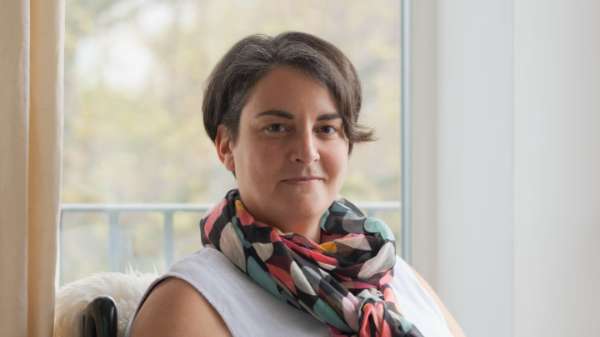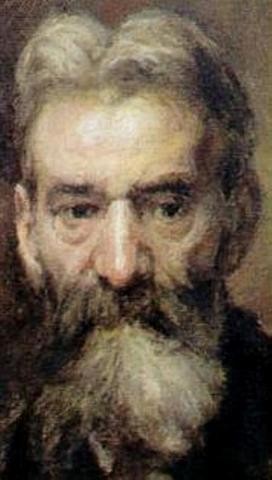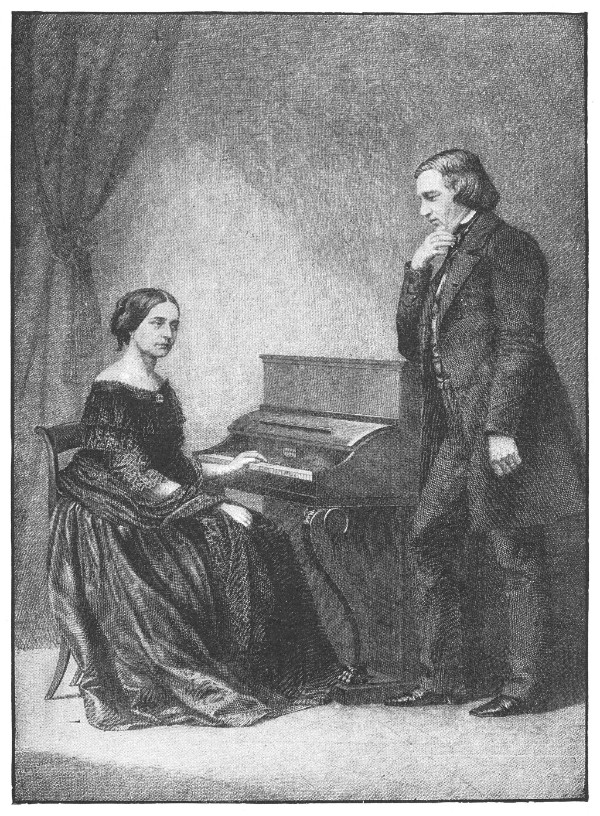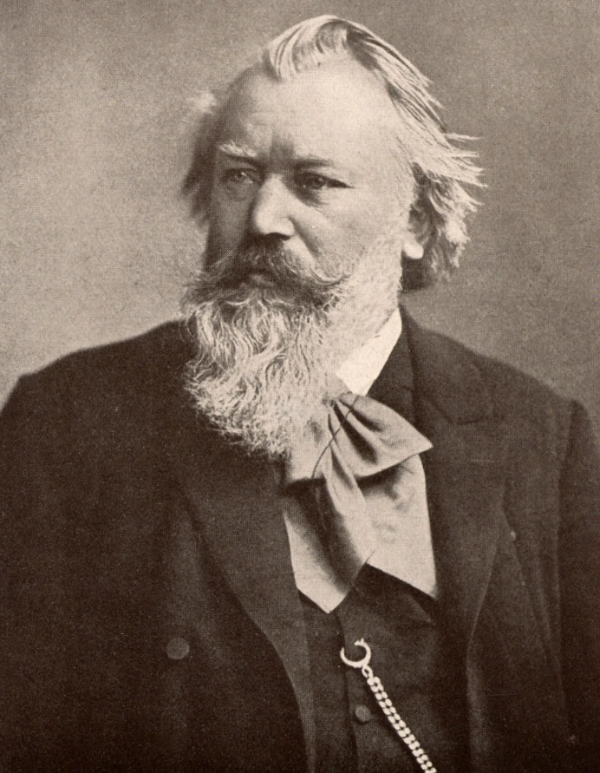These compositions show that new music is not a monolith, containing as many varied approaches as there are composers, even if common threads tend to emerge.
The term “new music” is itself hard to define, broadly referring to compositions in the classical tradition that make thoughtful and conceptual use of musical language and gesture. Sometimes postmodern in idiom, sometimes borrowing from other genres or incorporating surprising technological innovations, contemporary classical can be a daunting genre to acquaint yourself with! Here are some compositions from the 21st and 20th centuries that constitute accessible places to start.
No. 1 ‘Allemande’ from Caroline Shaw’s Partita for Eight Voices
Ensemble Roomful of Teeth was founded in 2009 by Brad Wells as a vocal group specifically dedicated to new music, and in particular, new music that uses the voice in surprising ways. Quite beyond typical Western bel canto style, Roomful of Teeth have incorporated Tuvan throat singing, yodeling, Broadway belting, Inuit throat singing, Korean P’ansori, Georgian singing, Sardinian cantu a tenore, and aspects of death metal vocal style into their performances.

Caroline Shaw © Dayna Szyndrowski
When Caroline Shaw, herself a member of the ensemble, wrote her Partita for Eight Voices, it was her first time composing for the group – she had previously been focused on violin performance. The work’s innovative approach to text-setting and spoken-word, and utterly contemporary take on baroque form and harmony, earned the composer a Pulitzer Prize, making her the youngest composer ever to do so. While totally innovative, the work uses primarily intuitive and familiar vocal sounds, giving it broad and immediate appeal.
20th Century Music by Laurence Crane
A gentle and meditative homage to the music of the 20th century, the spacings and harmonies of this minimalist piano work serve as a kind of ambiguous nostalgia prompt, evoking thoughts and memories of decades of musical experience, the recollection of which will be unique to each individual. Ivor Novello Award-winning composer Laurence Crane writes music using simple gestures, repetition, and found objects.

Laurence Crane © British Music Collection
Speaking about his own work, Crane notes:
“I use simple and basic musical objects; common chords and intervals, arpeggios, drones, cadences, fragments of scales and melodies. The materials may seem familiar – perhaps even rather ordinary – but my aim is to find a fresh beauty in these objects by placing them in new structural and formal contexts.”
Extract from Late Silence by Jürg Frey
Another stripped-back work, this composition has a gentle, drifting quality to it. Frey’s musical aesthetic is highly consistent, favouring ambient, timbrally-focused works. Composer and founder-director of vocal group EXAUDI James Weeks notes of Frey that he is “a truly unique musical spirit… [his work] open[s] up quite new realms of vocal expression… fragile, intimate and profoundly human.”
Extract from About Bach by Cassandra Miller
As the title evokes, this composition is “about” the musical language of J.S. Bach. Alongside fragmented, erratic baroque gestures, a high-pitched, whistling drone creates an eerie sense of unending escalation, like the phenomenon of Shepard tones. For those who love Bach and are familiar with his music, this work constitutes a strange and postmodern “re-hearing” of a familiar soundworld.

Cassandra Miller © Financial Times
Cassandra Miller is a Canadian-British composer who has notably collaborated with Quatuor Bozzini and Juliet Fraser. She composes using a unique practice of meditation-based uncontrolled singing to generate melodic material and repetition, alongside transcribing existing music sources to magnify their “expressive, personal, or fragile qualities.”
Extract from Femenine by Julius Eastman
A rather lighter and quicker piece, this composition uses lovely lilting melodic figures, rhythmic drive, and varied percussive timbres to create a playful and joyous world. Julius Eastman passed in 1990 after a long and storied life and career. His approach to music was ever-evolving, at times controversial, and always genre-bending. This particular recording is by the renowned ensemble Apartment House.
Ka Bohaleng by Abel Selaocoe
Abel Selaocoe is a South African cellist and vocalist whose heartfelt, intuitive blend of jazz, classical, and traditional music has taken the music world by storm. As at home performing Marais’ Les Voix Humaines as his own compositions or arrangements of traditional songs, Selaocoe’s stage presence and conviction bring true verve to every performance.
Love Twitters, Augusta Read Thomas
Wise Music Classical has called Augusta Read Thomas “one of the most recognisable and widely loved figures in American music,” and understandably so – Thomas was the longest-serving Mead Composer-in-Residence with the Chicago Symphony Orchestra and studied at Tanglewood with Oliver Knussen. Thomas’ output is varied, and one gets the sense that she draws on different genres and inspirations with each work. In this lovely piano piece, we hear jazz-inspired flourishes and the lighter, more floral capacities of the piano, arranged in a rhythmic and ineffable fashion – the birdlike “twitters” of love.
For more of the best in classical music, sign up for our E-Newsletter



